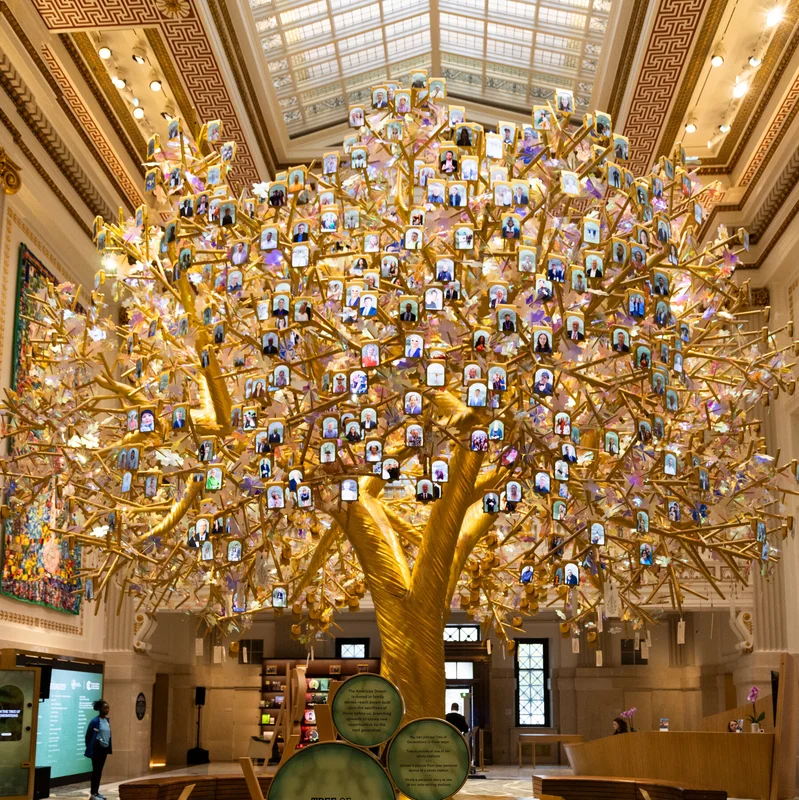New media isn’t just changing how we consume entertainment—it’s rewriting how Hollywood creates it. Enter Run-A-Muck, a bold new production company co-founded by TV veteran Ilene Chaiken (“The L Word”), actress Jennifer Beals, and former Condé Nast exec Pam Drucker Mann. Their mission? To treat every film or TV show as just one piece of a much larger, multi-platform universe.
What Is Run-A-Muck?
Unlike traditional studios that prioritize screen content, Run-A-Muck builds entire ecosystems around each project—starting with video podcasts, Substack newsletters, live events, and social-first video series. Think of it as Hollywood meets MrBeast: IP that lives everywhere, not just on a screen.
“Creators are the new Hollywood,” YouTube CEO Neal Mohan has said—and Run-A-Muck is betting big on that idea.
New Media Meets Old Hollywood
The company’s approach flips the script on decades of entertainment-industry norms. Instead of tacking on a companion podcast after a show premieres, Run-A-Muck develops podcasts, newsletters, and unscripted formats in parallel with traditional scripts.
Take their project “Consent”: it’s being pitched to studios as a legal procedural with New Regency—but simultaneously developed as a reality show and a true-crime podcast exploring sex, power, and justice. All three could exist under the same thematic umbrella, even if they carry different titles.
Why Now?
Hollywood is under pressure. Streaming subscriber growth has plateaued. Theatrical returns are volatile. Meanwhile, digital-native creators like Alex Cooper (“Call Her Daddy”) are launching documentaries, ad agencies, and even branded hydration drinks—all while commanding audiences larger than many network TV shows.
“What’s wrong with you guys?” Drucker Mann once asked a Hollywood agent. “There’s so much consumption happening everywhere else.”
Real Results, Not Just Hype
Run-A-Muck isn’t just theorizing. Last week, it launched Drafting, a Substack newsletter edited by former Paper magazine editor Justin Moran. Though it has only about 1,000 subscribers, it’s already profitable—thanks to advertising deals with eBay and Moncler.
The first issue featured fashion designer Daniella Kallmeyer sharing raw sketches and phone screenshots, followed by a moody, mezcal-fueled launch party in Los Angeles. It’s a model that blends editorial, commerce, and experience—a far cry from the press junket playbook of the 2000s.
Industry Shifts Confirm the Trend
| Company | New Media Move |
|---|---|
| Netflix | Adding video podcasts to its platform in late 2025 |
| Paramount | Acquired Substack’s The Free Press in October 2025 |
| Amazon | Hosted NFL tailgate for Wondery podcast New Heights |
| HBO | Already runs official podcasts for hits like The White Lotus |
The “Barbie” Blueprint
Run-A-Muck’s founders point to cultural juggernauts like Barbie, Stranger Things, and Beyoncé’s Homecoming as proof that cross-platform storytelling drives revenue. These weren’t just movies or concerts—they became fashion lines, vinyl albums, toys, and global events.
“Imagine if it had been one company’s moment,” Drucker Mann said, recalling how Vogue’s Met Gala livestream and E!’s red carpet coverage overlapped without coordination.
Challenges Ahead
Of course, scaling this model isn’t easy. Hollywood’s union structures, financing models, and risk-averse culture weren’t built for rapid experimentation. And not every IP lends itself to spin-off podcasts or newsletters.
But Run-A-Muck believes the future belongs to agile creators who can move fast, build communities, and monetize across formats—before traditional studios catch up.
Sources
The New York Times: What Can Hollywood Learn From New Media?




